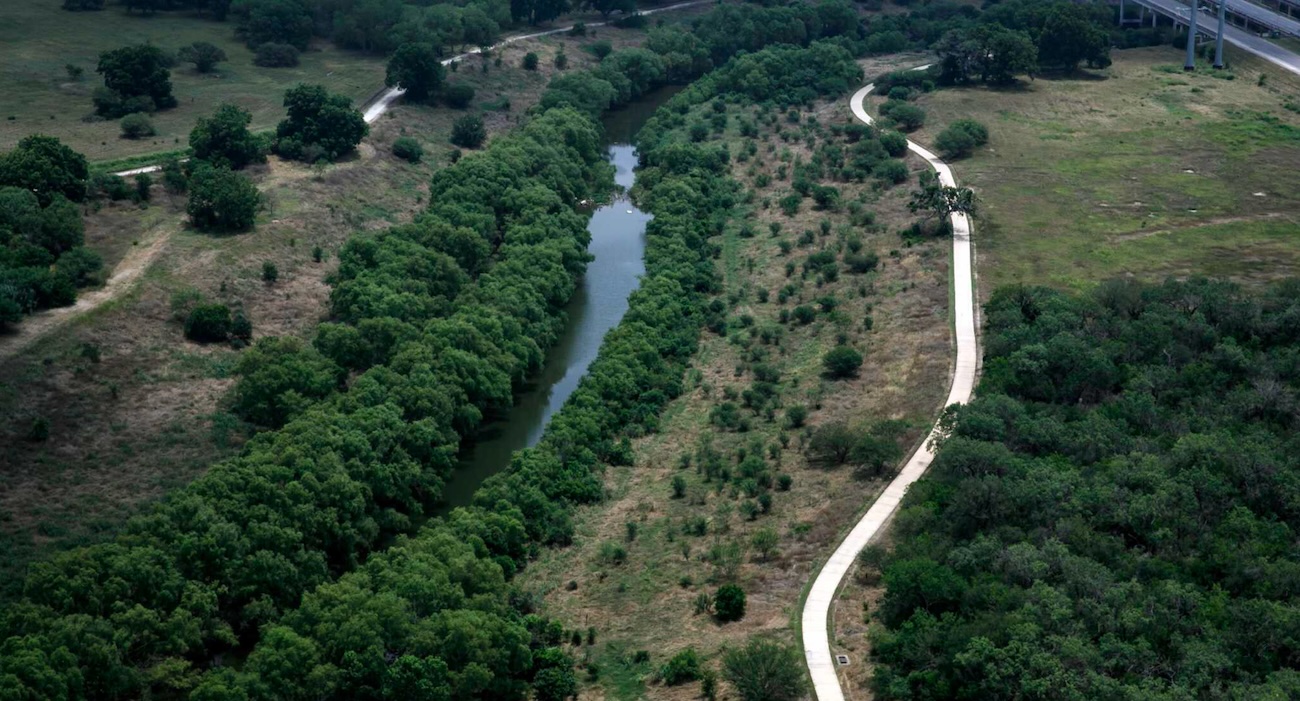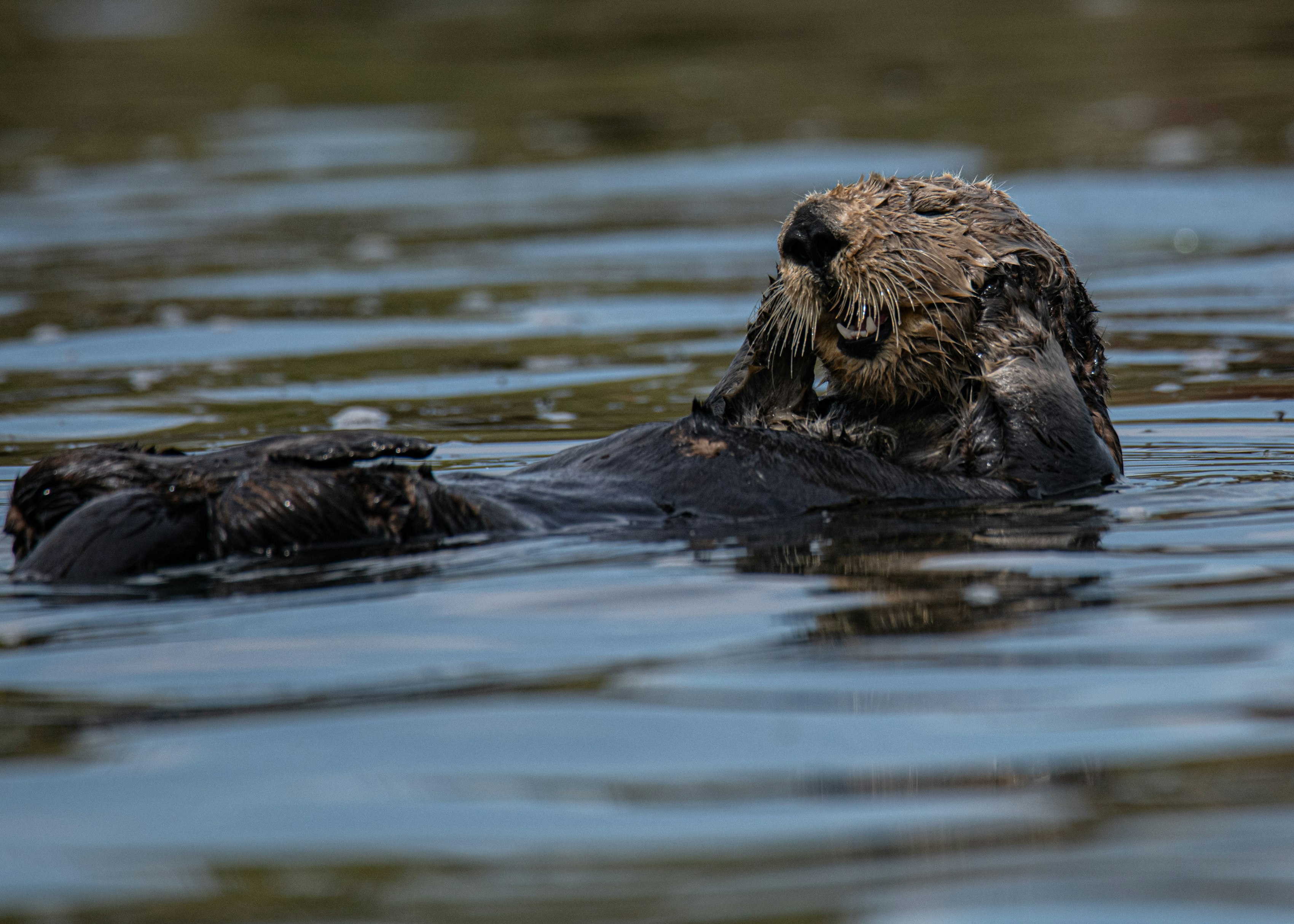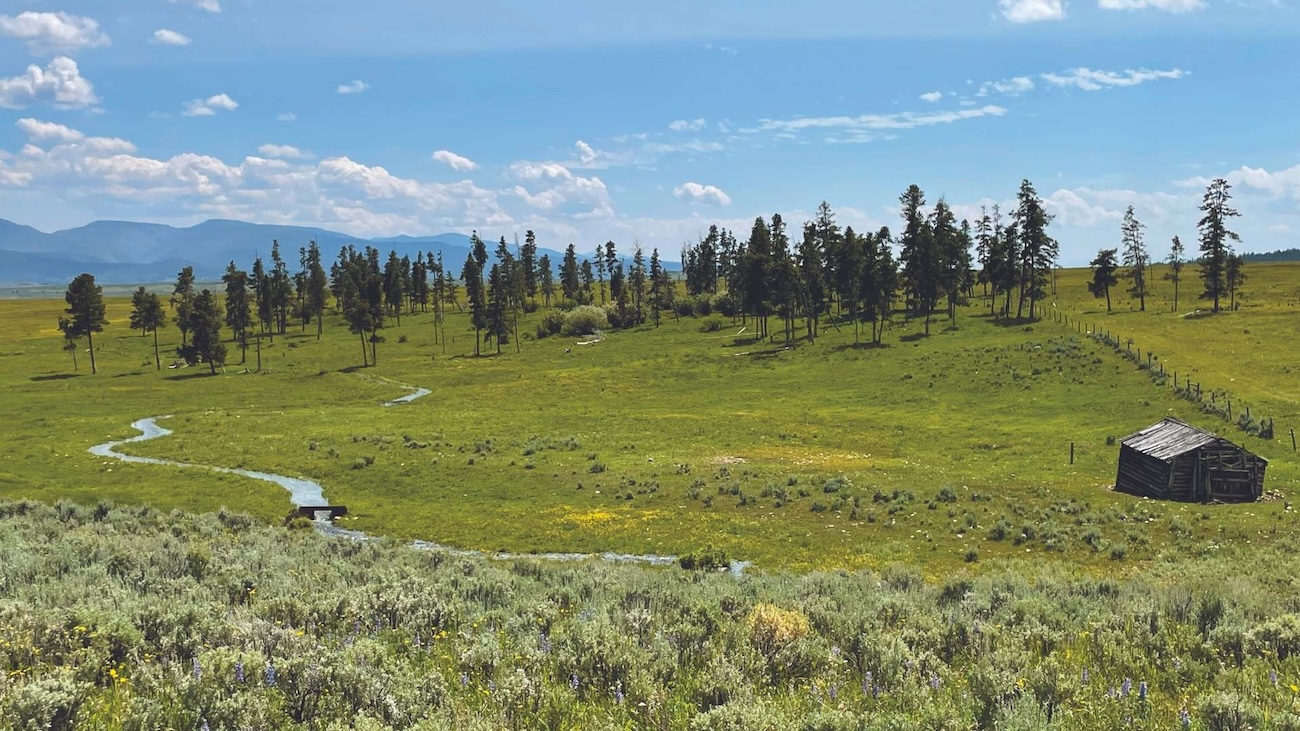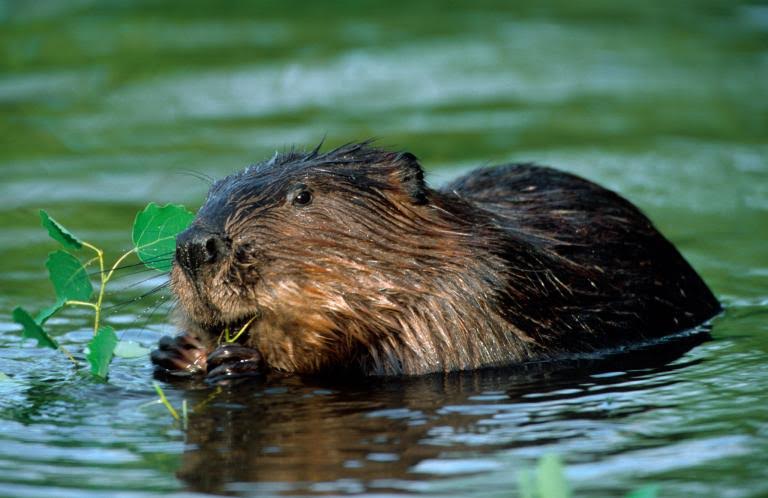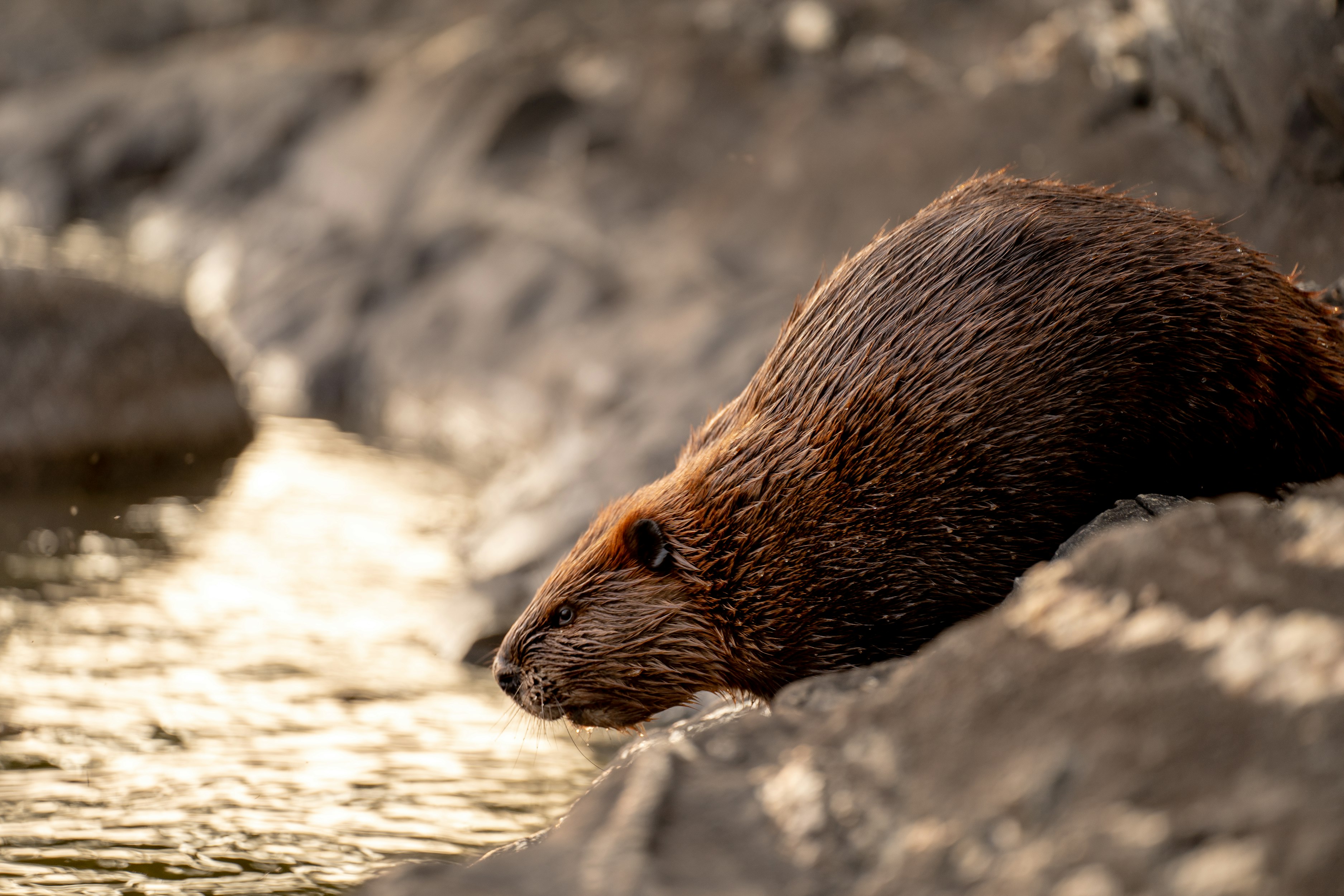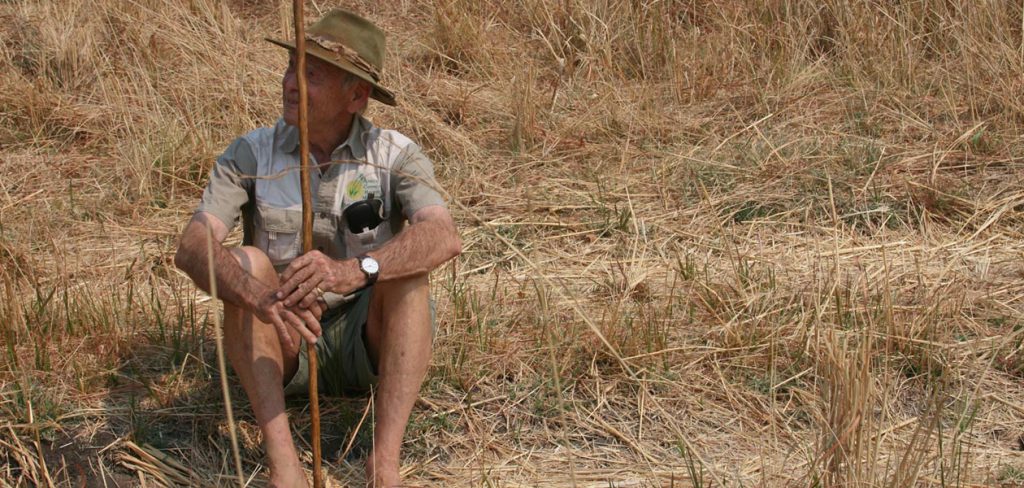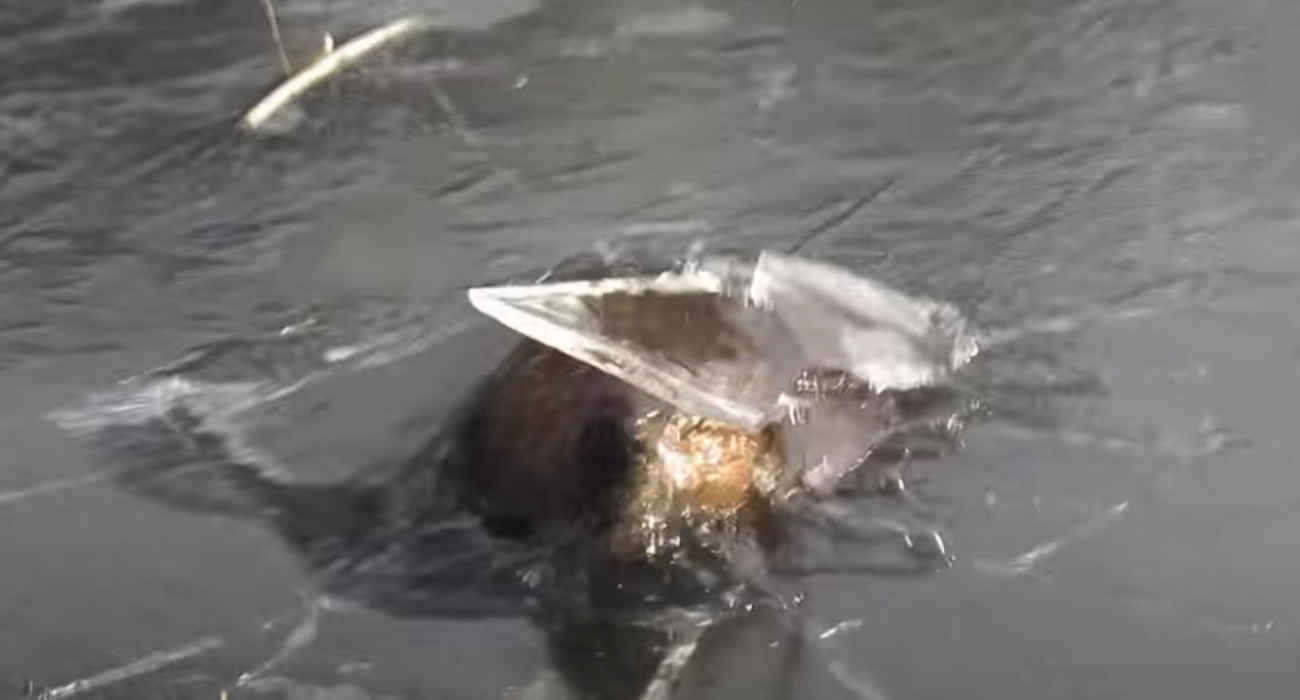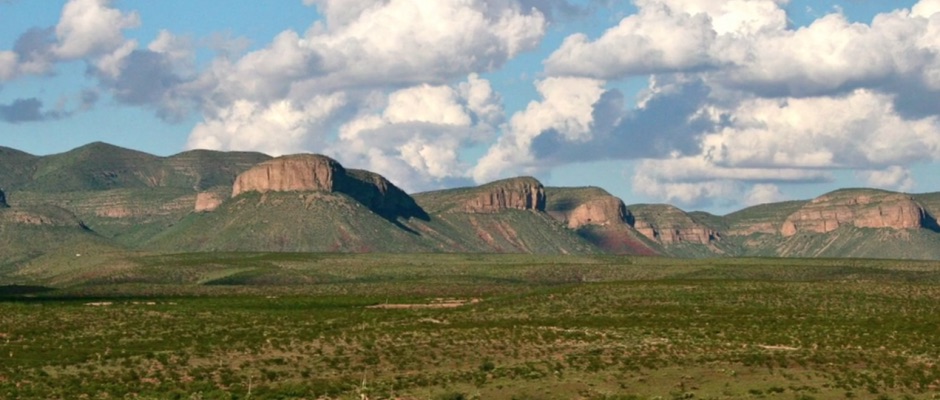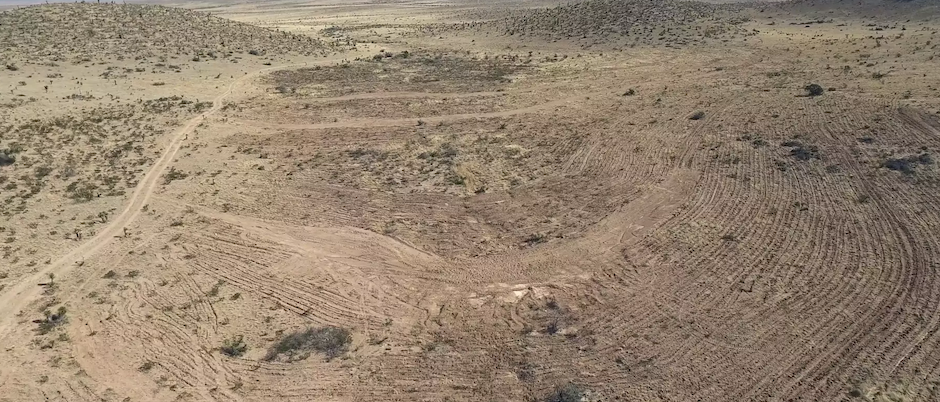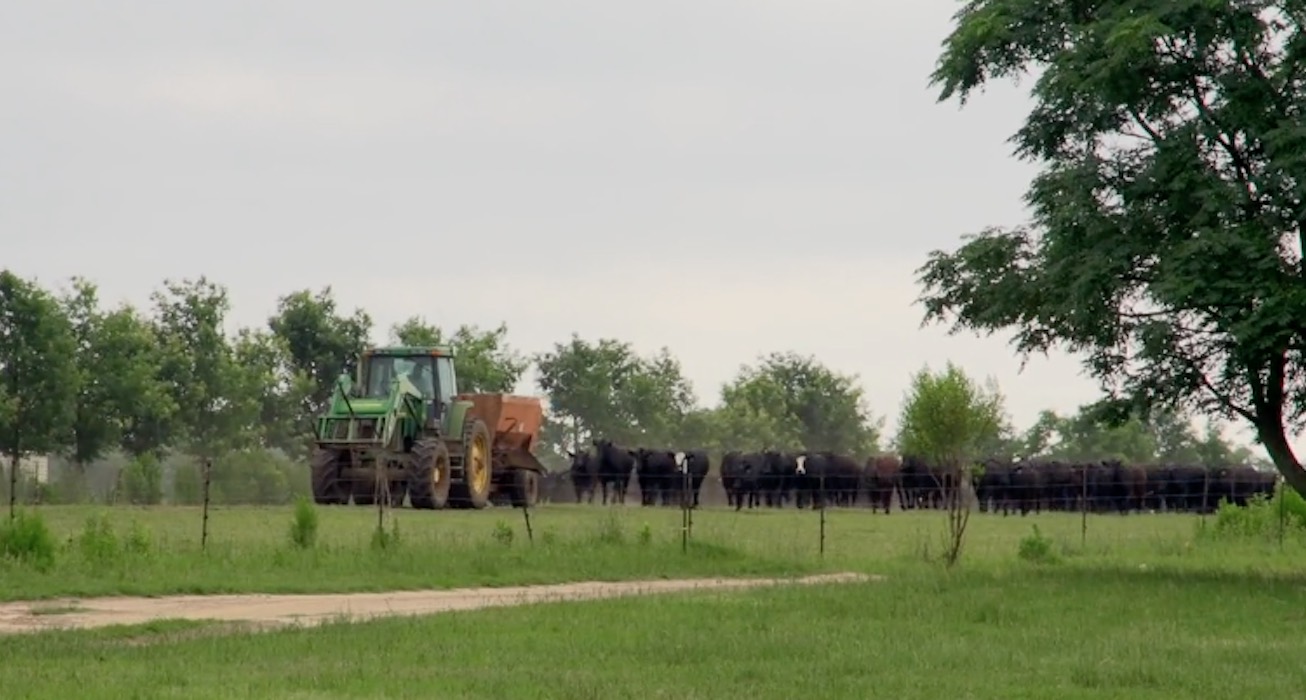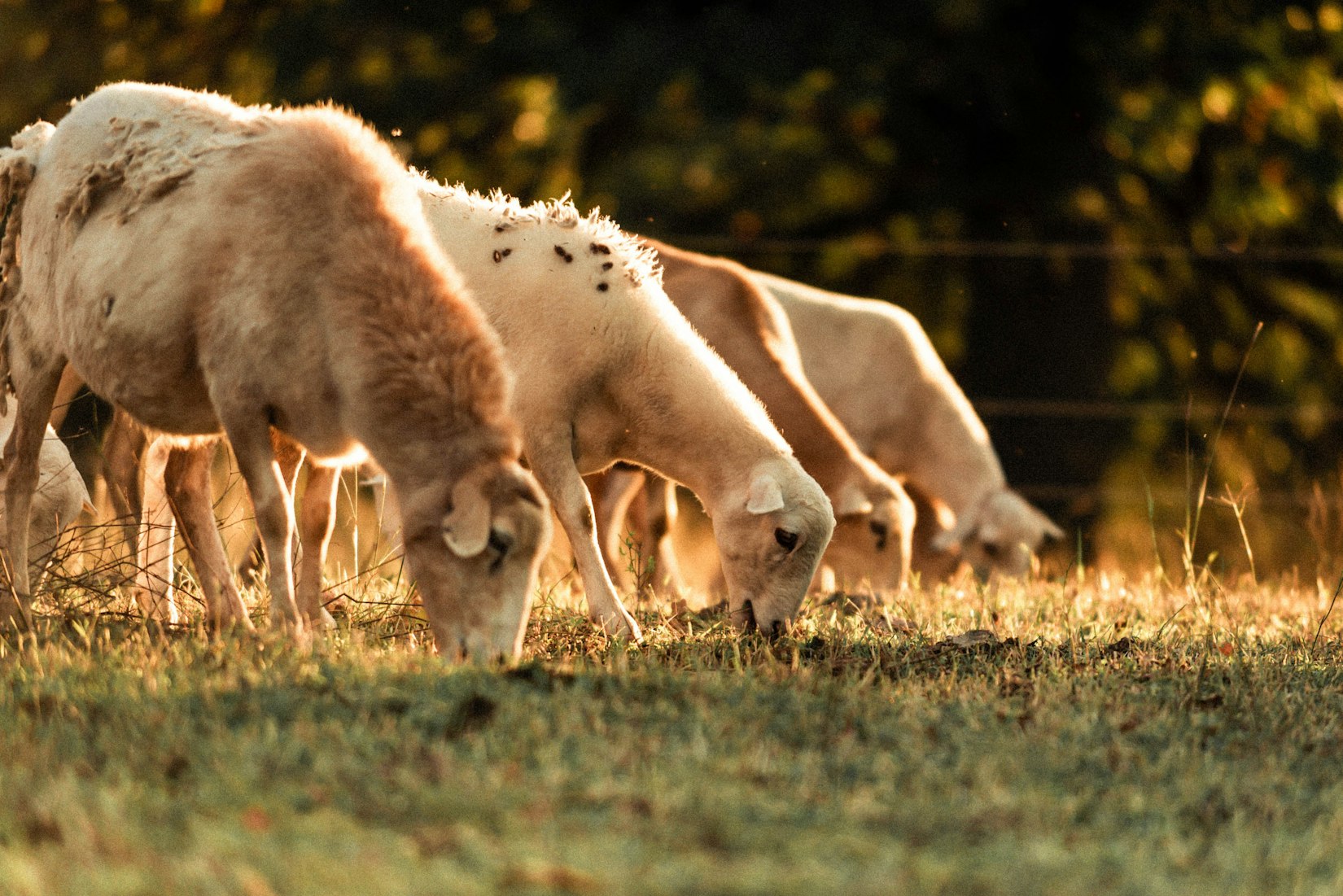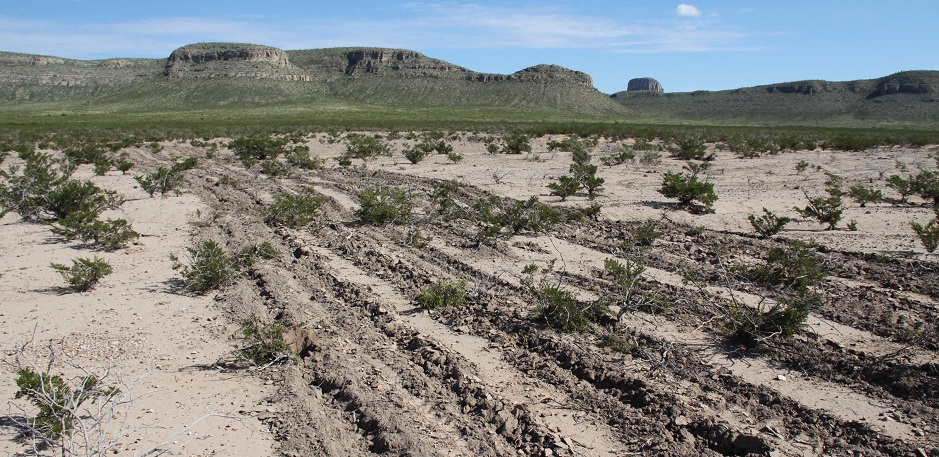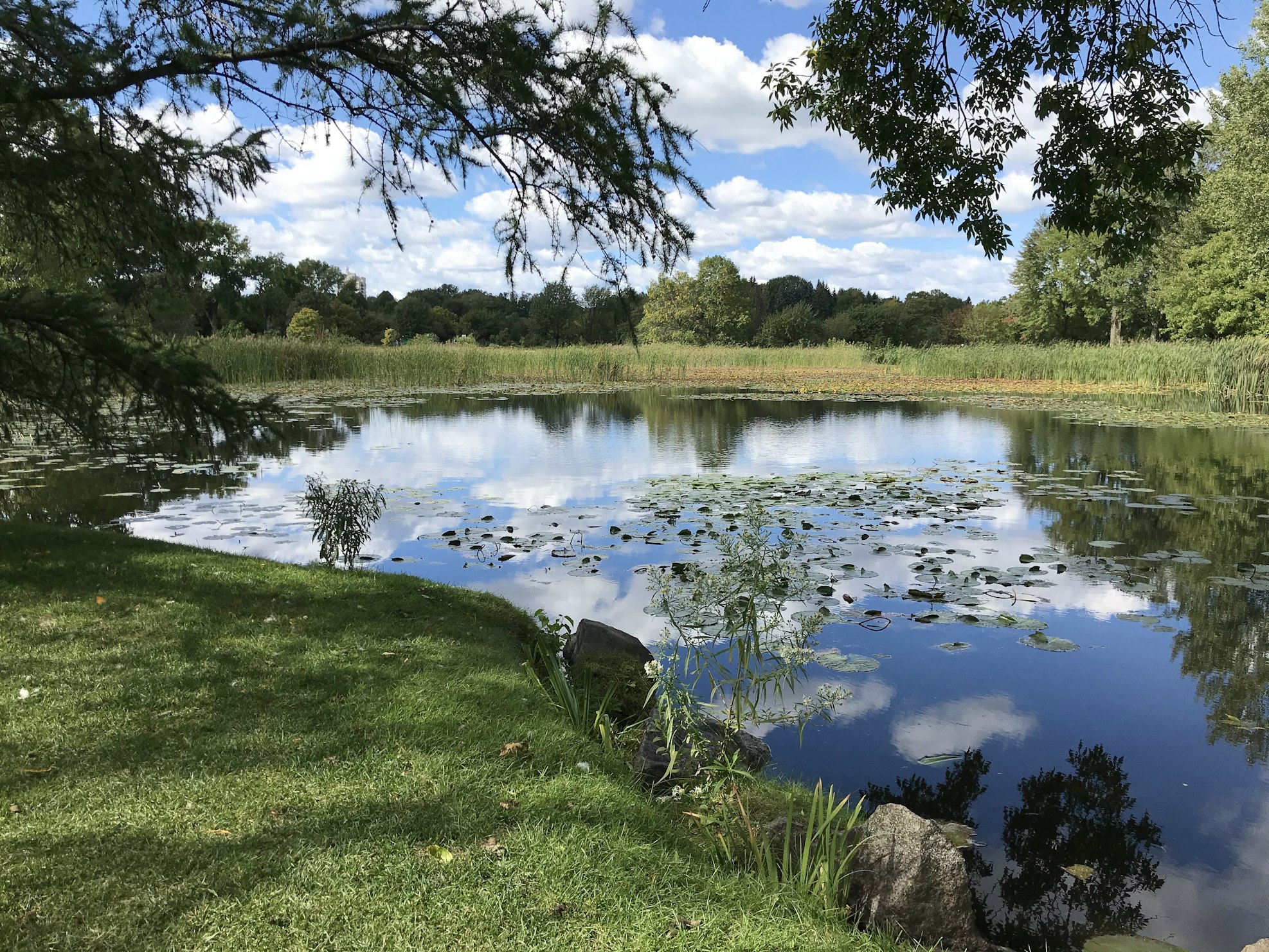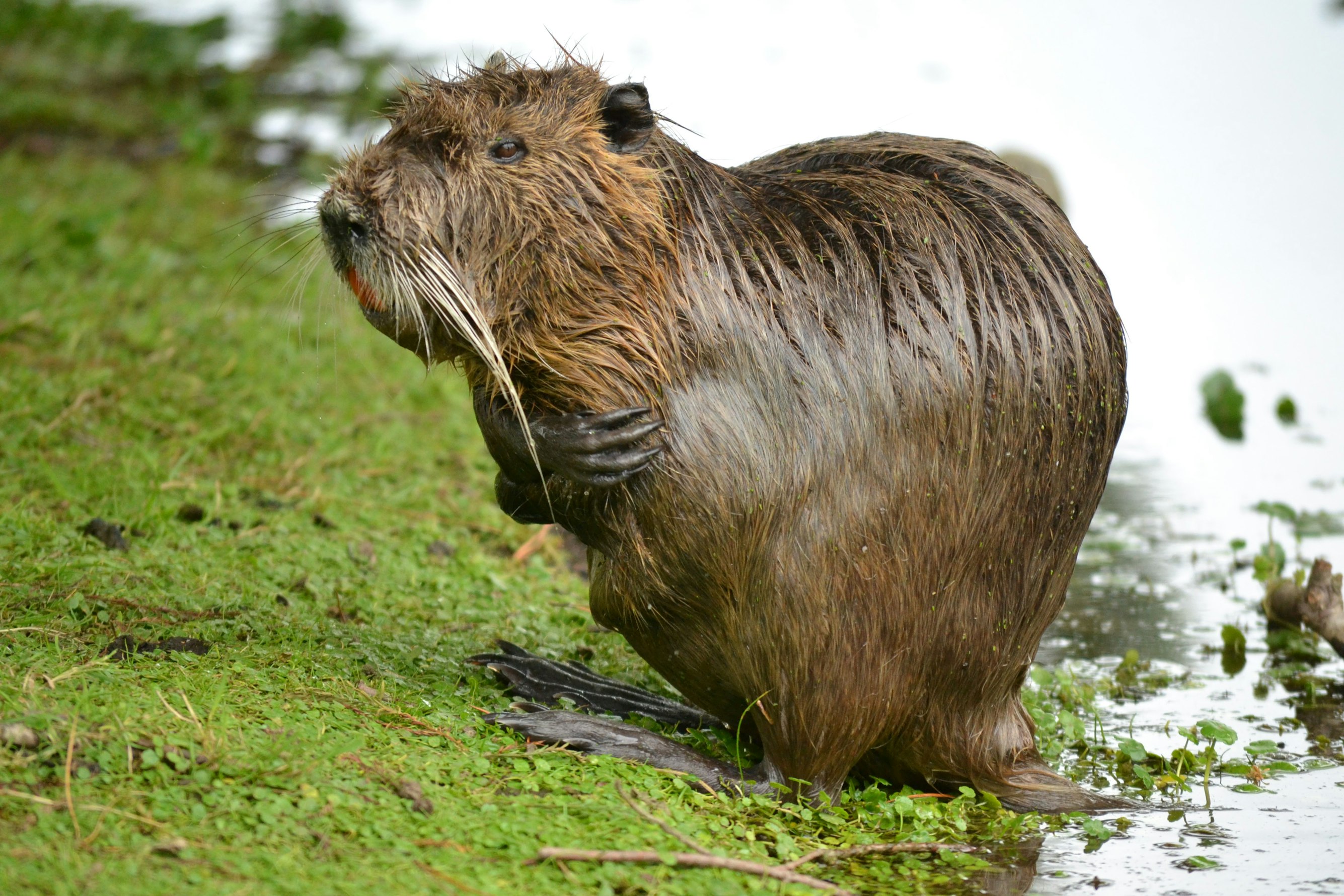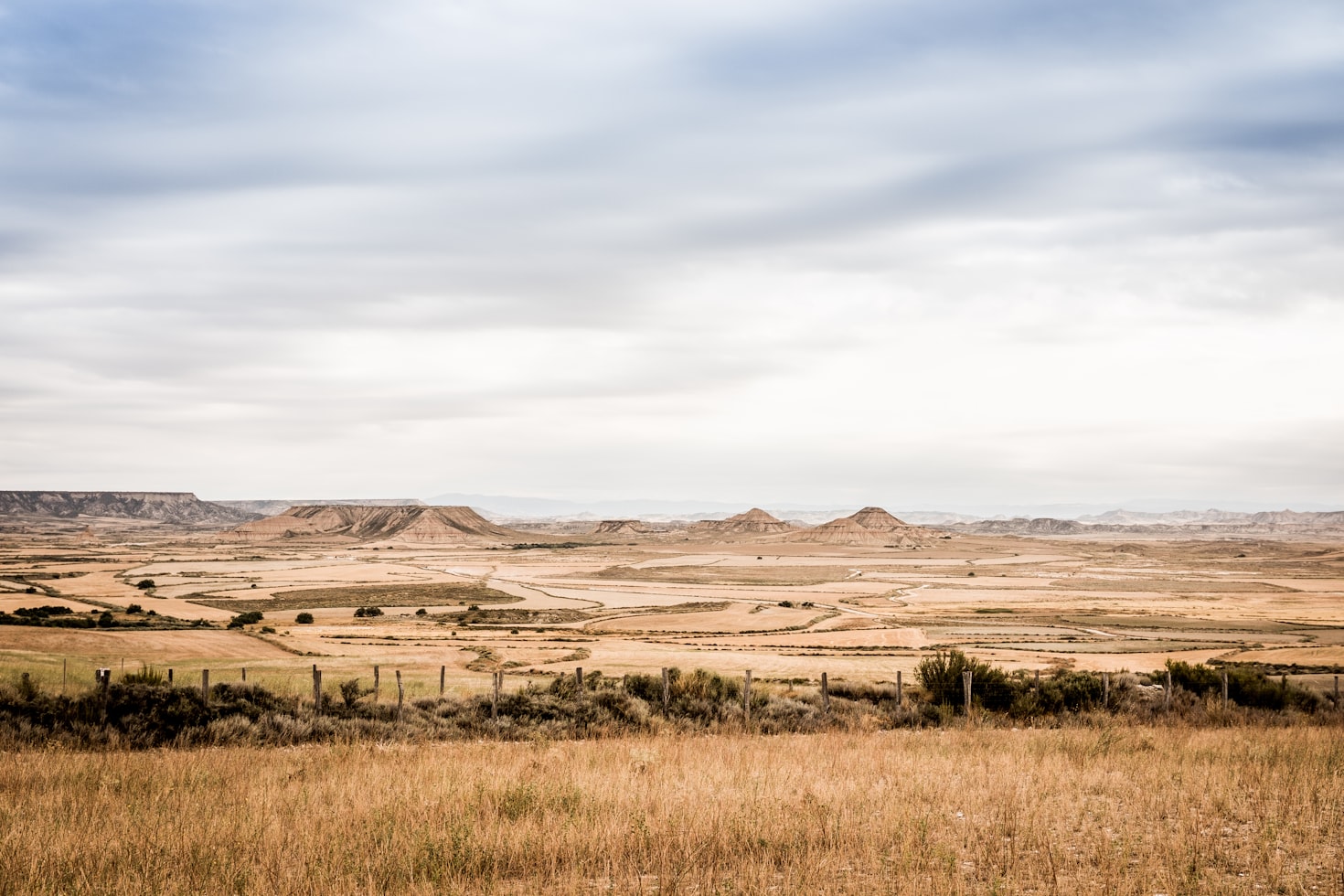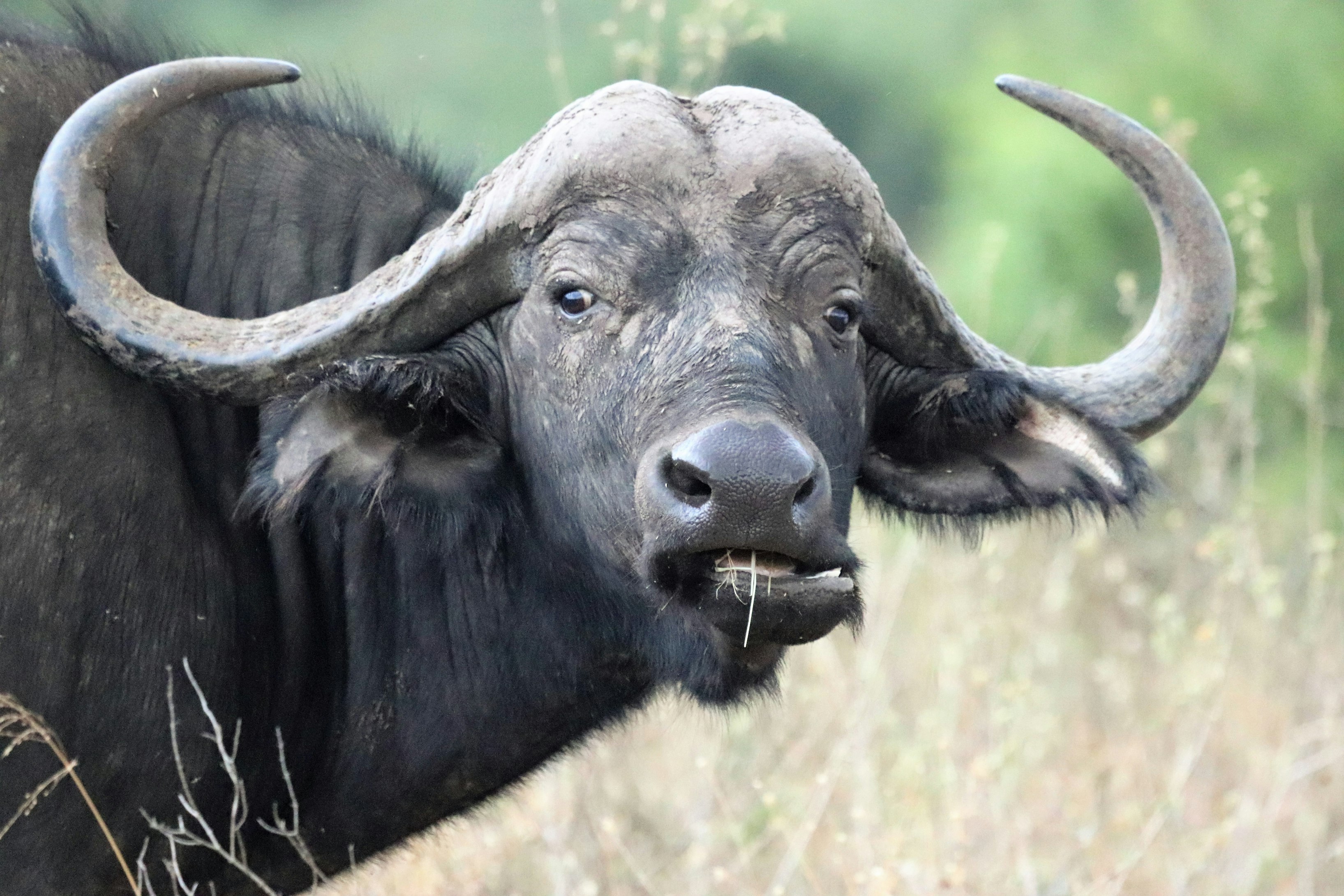Water Management
The quality and quantity of water available in America is directly correlated to the condition of the land.
The land, when covered with diverse vegetation, also serves as a sponge, slowing rain as it hits the land, funneling it into aquifers below or filtering it as it runs into streams, rivers and lakes. Well-managed riparian areas, where the land meets the water, are crucial interfaces between the land and the water.
Land condition affects saltwater as surely as it affects fresh water. Rivers flow to the sea. The estuaries, some of the world’s most productive and important ecosystems, occur where fresh water meets saline water. Their long-term health is only as good as the fresh water flowing into them.
